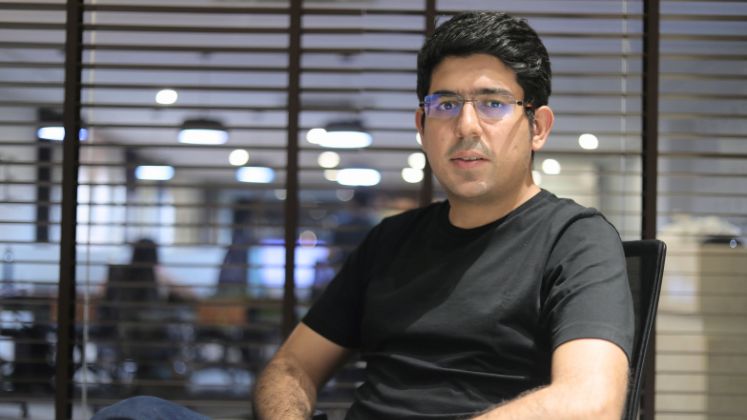Fast Fashion brand Libas is the latest joining a growing list of retailers setting their sights on the public markets. The brand is preparing for an IPO in the next 2-2.5 years, aiming to hit a revenue milestone of Rs. 1000 crore (US $ 114 million) along the way.
The company, which reached Rs. 500 crore (US $ 57.08 million) in revenue before raising any external capital, secured Rs 150 crore (US $ 17.12 million) in funding last year and is now targeting Rs. 800-850 crore (US $ 91.33 million-US $ 97.04 million) this fiscal. “We want to be the first D2C fashion brand in India to hit that milestone,” said Sidhant Keshwani, Founder and CEO, Libas.
Sidhant said the brand aims to maintain a gross margin of 55-60%, especially as it prepares for a Rs. 1000 crore (US $ 114 million) IPO. “Offline is helping us push profitability. E-commerce is a high-volume game, but margins are tighter,” Keshwani adds. Offline now makes up 20% of revenue but is expected to grow to 50% over the next year and a half.
Libas currently operates around 40 stores across India.
Despite its aggressive growth trajectory, Keshwani is clear that funding should be used to accelerate, not initiate. “Too many start-ups raise early, without discipline. Then when funding dries up, they collapse. Struggle teaches you how to run a business,” he said.
In an industry where trends can change overnight, Keshwani believes that the future of fashion lies not just in design or affordability, but in speed.
“People tell me nobody needs fashion in 15 minutes. But the customer mindset is changing. Impatience is rising. In two years, being on quick commerce won’t be an option, it’ll be a compulsion,” he stressed.
Currently live on Zepto across over 10 cities, the brand has turned a portion of its main warehouse in Noida into a dark store, fulfilling one-hour deliveries within a 7–8 km radius. “From order placement to pick-up readiness, it takes under seven minutes,” says Keshwani.
For warehouse management, the brand has roped in Increff’s WMS solutions. Its main warehouse has a capacity of 6.5 lakh pieces, with four additional third-party warehouses having a combined capacity of 16 lakh pieces.
For warehouse management, the brand uses Increff’s WMS solutions. Its primary facility in Noida holds up to 6.5 lakh pieces, while four additional third-party warehouses across the country take the combined capacity to over 16 lakh units.
Libas’ typical buyer is a fashion-conscious woman aged 18-35, including working professionals and students. While 55% of sales come from metros and Tier-1 cities, Tier-2 and Tier-3 cities make up the remaining share. Geographically, the brand’s largest markets are the North (38%) and South (30–32%), followed by the East and West.
At the heart of Libas’ ultra-fast operations is a departure from the conventional seasonal calendar. “We no longer work seasonally,” Keshwani explained. “Collections are launched and liquidated on a weekly basis. There’s no manual intervention, our systems tell us which product needs to be discounted or replenished.”
Libas claims to introduce up to 100 new options every week and forecast product performance within three to four days of launch. Designs that perform well are replenished within 30 to 40 days, while top sellers see this cycle shortened to 20 days, down from 60–70 days previously.
At year-end, Keshwani says less than 1% of stock remains unsold.
India Lags in Speed and Tech Readiness
Asked about the broader Indian manufacturing ecosystem, Keshwani points to a gap in speed and technological readiness. “India has the scale and quality, but not the turnaround times of China. There’s a lack of large, integrated factory setups. Most units are small and risk-averse. They don’t want to scale.”
Keshwani believes this is where brands can push for change, but not solve it alone. “Unless there are government incentives for setting up mega-factories or technology layers between brands and suppliers, we won’t see the efficiency needed for true fast fashion. There’s a lot of white space here for disruption.”
Libas currently manufactures over one crore garments annually and works with vendors across Delhi, Jaipur, and Surat. Vendor onboarding, he says, remains open and informal. “Any vendor can send samples. We follow a ‘no rejection for visibility’ model, everyone gets a chance to present,” he stated.







